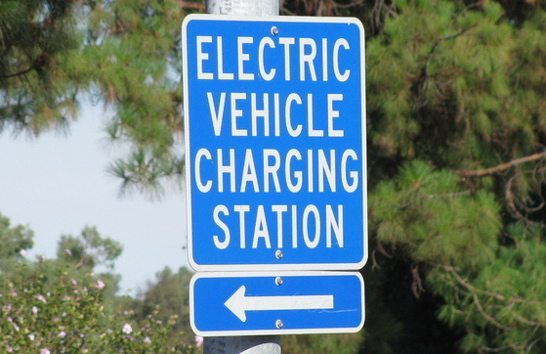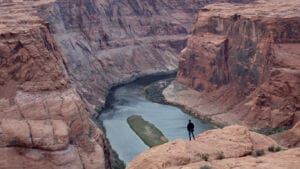In 2010 Arizona’s Green future will probably be remembered more for the challenges it brought than the successes it yielded in our Valley and state. But out of the darkness came some light, and the illumination casts hope for a bright future.
Countless volunteers gave generously of their time, talent and treasury to support green initiatives in our region despite a challenging economy. Their efforts are evident in a range of projects that contribute to the sustainability of our unique desert environment. And their commitment will make our communities stronger, more vibrant places.
Working together, they’re a testament to the power of collaboration representing companies both large and small, government entities, educators, non-profits and concerned citizens. Their individual successes are our collective treasures:
We’re one of five states selected to deploy “smart” charging stations as part of an electric vehicle program by ECOtality and the U.S. Department of Energy. Thousands of charging stations in Phoenix and Tucson will create more green jobs, less pollution and a reduction on foreign oil dependency.
Daily ridership on our 20-mile light rail system exceeded expectations by an average of 58 percent, and a new Adopt-A-Station program promotes use of public transportation. In addition, the city of Phoenix in partnership with ASU, APS and other sponsors received $25 million in stimulus funds to build the Green Rail Corridor Demonstration Project to showcase ways to reduce energy usage and carbon emissions.
The Center for Teacher Success was officially launched to improve the academic achievement of Arizona students by elevating the professional performance of their teachers and education leaders. Several non-profits partnered to provide environmental education resources to teachers through workshops, forums and special events.
In the wake of municipal budget cuts, Adopt-A-Park programs have drawn thousands of volunteers to trash pickups, tree plantings and general spruce ups of city recreation areas. The city of Chandler opened the Paseo Vista Recreation Area, a 64-acre park built atop the closed city landfill; and the Nina Mason Pulliam Rio Salado Audubon Center opened on the banks of the river in Phoenix to connect people with nature.
The town of Gilbert celebrated its 90th anniversary and was named the 17th safest city in America, one of the best places to live in the U.S. and among the best places in the nation to learn.
Several LEED certified projects came online throughout our region, and 12 Valley mayors signed a proclamation by Valley Forward and the U.S. Green Building Council, Arizona Chapter in support of green schools.
Through a preservation-by-relocation effort, the Sandra Day O’Connor House, originally constructed in Paradise Valley as a family home for the former Supreme Court Justice, was undertaken and piece-by-piece, the entire house was deconstructed and transported to Tempe. It was meticulously reconstructed in Papago Park, with a keen focus on historic preservation and environmental sustainability.
Our region overall has become a brighter green in the past year. And it occurred in the worst recession most of us can remember in our lifetime. As the year closes with winter’s short days and long evenings, we’re reminded that even in the darkness there is light.




